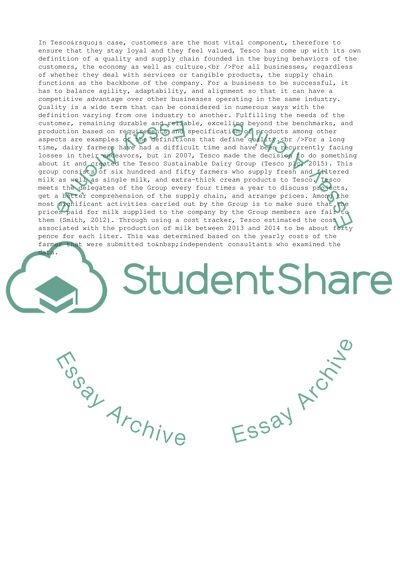Cite this document
(Milk Supply Chain Management at Tesco Case Study Example | Topics and Well Written Essays - 1500 words - 9, n.d.)
Milk Supply Chain Management at Tesco Case Study Example | Topics and Well Written Essays - 1500 words - 9. https://studentshare.org/management/1880349-supply-chain-management
Milk Supply Chain Management at Tesco Case Study Example | Topics and Well Written Essays - 1500 words - 9. https://studentshare.org/management/1880349-supply-chain-management
(Milk Supply Chain Management at Tesco Case Study Example | Topics and Well Written Essays - 1500 Words - 9)
Milk Supply Chain Management at Tesco Case Study Example | Topics and Well Written Essays - 1500 Words - 9. https://studentshare.org/management/1880349-supply-chain-management.
Milk Supply Chain Management at Tesco Case Study Example | Topics and Well Written Essays - 1500 Words - 9. https://studentshare.org/management/1880349-supply-chain-management.
“Milk Supply Chain Management at Tesco Case Study Example | Topics and Well Written Essays - 1500 Words - 9”. https://studentshare.org/management/1880349-supply-chain-management.


